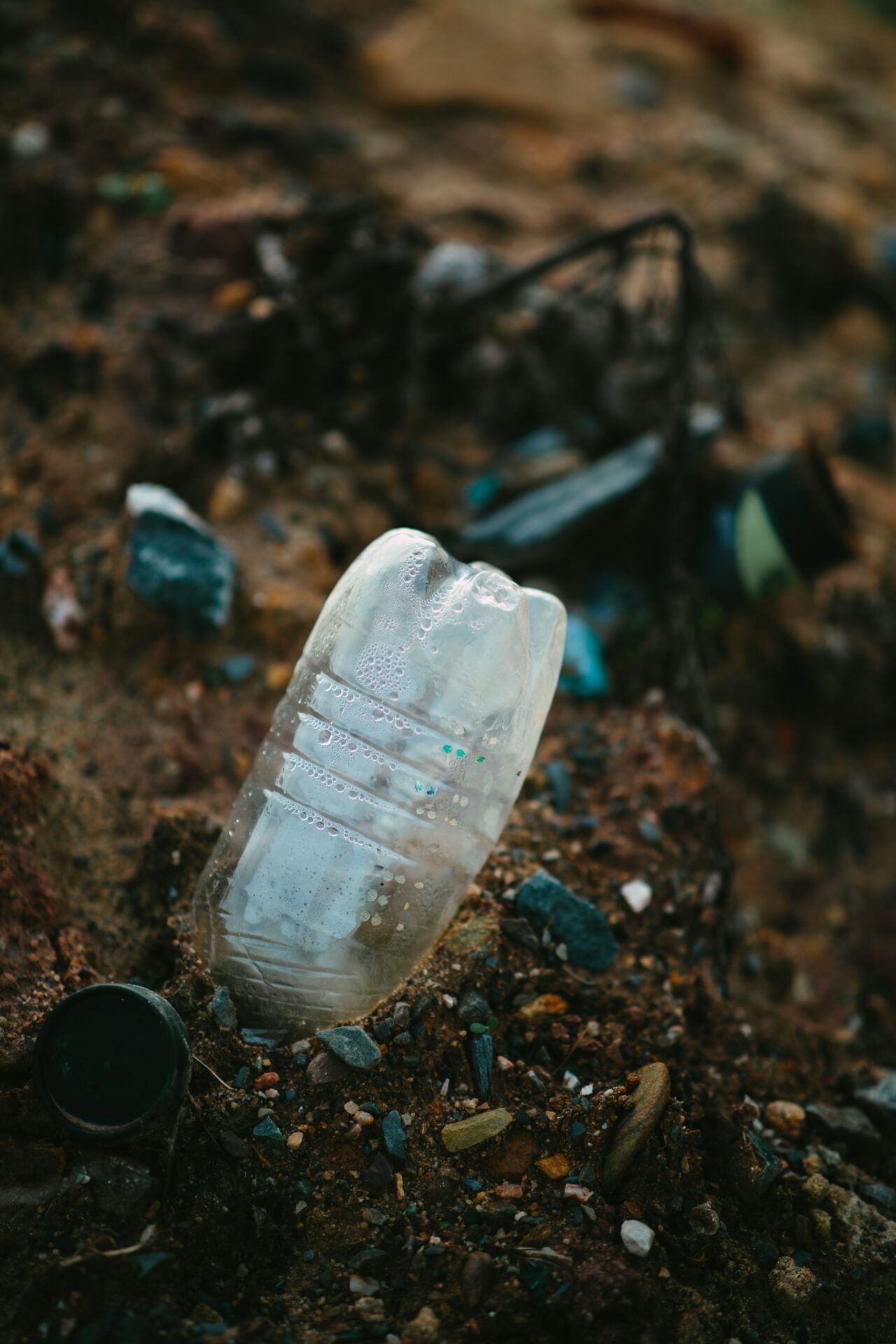
Microplastics in the Environment with Professor Susan Wilson
UNE’s Associate Professor Susan Wilson has been researching pollutants for nearly thirty years. The head of UNE’s Pollution Science Research Group, Sue and her team study legacy and emerging pollutants, including microplastics.
Defined as pieces of plastic measuring less than 5mm in diameter, microplastics are an ongoing hazard, not just for the environment, but also for our health. Though we have been producing plastic since at least the 50s, it wasn’t until recent years that we gained a better understanding of them as pollutants. Our knowledge, as Sue says, is still emerging.
“Our knowledge about them as a pollutant is emerging, […] but really, it’s only in recent years that we’ve understood the issues. We probably have quite an important pollutant issue, and we don’t quite know what that pollution issue is and [what] the concerns [are] with microplastics in the environment.”
Large plastics, which break down into microplastics, are a problem in and of themselves – but microplastics have additional concerns. Their size is the main issue, and comes with all sorts of complications.
“[Microplastics] move in the environment. So they’re basically plastics that have been broken down through light or wind or heat.”
“They are small enough to be ingested by small organisms, and they damage, and they cause blockages, but they also bring with them a host of chemicals. And we know at least 13, 000 chemicals are associated with these plastic particles, only 7000 of which we we know something about.”
“[Of those 7000] only 3000 of which we know have some hazardous properties, so they bring the chemicals with them. And also because they’re small plus particles, they absorb other chemicals very strongly and they act as transporters of other types of pollutants like metals to organisms in the environment.”
It’s not just the environment that microplastics effects either. They also affect our bodies. Microplastics have been found in our lungs, our blood, and even in our placentas.
“We do know that they have impacts, adverse impacts on reproduction, on growth, on our immune system. They disturb our metabolic processes and they cause inflammation. But really the long term effects of these adverse impacts on our system is unknown at the moment.”
Though many westernised countries have placed bans on microplastics being used as primary plastics in products such as facial cleansers, they are still present in some products. And unfortunately, it’s not just primary microplastics that pose an issue. Large plastics, particularly single use plastics, break down in the environment due to light and heat, and turn into microplastics.
Reducing the amount of microplastics in the environment is incredibly challenging. What we need to do, Sue says, is to stop producing plastic altogether.
“We need to prevent microplastics going into the environment. We need to move towards a circular economy, and there are lots of actions at international to state level in Australia to make that happen, but we need to reorientate and diversify the plastics that we use.”
“We need to not have single use plastics that just end up in the environment and we need to basically reuse and recycle all our plastics so that no more ends up in the environment. And then we will hopefully have this, as we’re not sourcing them into the environment, they will gradually lessen the load on our environment.”
A lot of that work begins at a consumer level. The best way to do that, as a consumer, Sue says, is to advocate.
“Advocate, advocate, advocate. Every opportunity that you have, do it in your own personal space, in your home. Have a look at the waste you use, the plastics you use, the waste you generate. Reduce it where you can and get every opportunity to advocate for plastics bans. And in fact, in New South Wales at the moment, we’ve got a consultation opportunity that’s open to anybody, where they’re looking at a second phase of dealing with single use plastics and they want community input into that.”
“So I encourage everybody to jump onto the New South Wales EPA website and have their say.”
While we can’t predict the future, we do know that we have to do something.
“It’s estimated by 2050, if we don’t do anything, we’ll have over a thousand billion tons of plastic in our environment. We have to do something. And we do know that we have to do something.”
In December 2023, the Australian Federal Government funded a co-operative research centre to tackle the plastic pollution problem. At a higher level, the United Nations have previously pledged to create a global binding treaty to end plastic pollution by the end of 2024. The most important part of this work, Sue says, is keeping it going.
“We need to keep the momentum up with this work. We need to support the scientists and we need to have partnerships and buy in from industry and governments to make it happen.”
Photo by Markus Spiske on Unsplash


